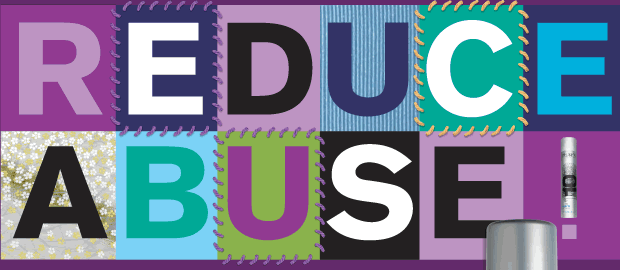There are a number of different agencies, policies and systems that have important roles to play in safeguarding vulnerable people.
On a national level, legislation acts as the framework within which all other groups can operate lawfully. This includes:
- The Care Act 2014 – makes safeguarding a corporate duty for local councils (supersedes No Secrets Policy Document 2000.
- Safeguarding Vulnerable Groups Act 2006 – helps prevent unsuitable persons from gaining access to vulnerable people through their work.
- Health & Social Care Act 2008 – regulations for the health and social care industry
- Public Interest Disclosure Act 1998 – protects whistle-blowers from victimisation
Several national agencies have sprung up as a result of the above legislation being passed. For example, the Disclosure Barring Service (DBS) was formed after the Safeguarding Vulnerable Groups Act came into force and it is their responsibility to keep a database of people that are deemed unsafe to work with vulnerable adults and children so that employers can make informed recruitment decisions. Also, the Care Quality Commission (CQC) came about following the passing of the Health & Social Care Act 2008. It is CQC’s responsibility to ensure organisations that provide care services are meeting national standards.
The Metropolitan Police are another national organisation that have a role to play in safeguarding vulnerable adults. It is their responsibility to investigate claims of abuse.
There are also agencies that operate on a local level to help safeguard vulnerable adults, including:
- In Warwickshire, the Adult Social Care Team can be contacted on 01926 410 410 during office hours.
- At other times, the Social Care Emergency Duty Service can be contacted on 01926 886 922.
- In more serious incidents, Nuneaton Police can be contacted on 02476 641 111
Despite the many policies and agencies involved in the protection of vulnerable adults, there have still been many cases of abuse occurring within a care setting. One example that was heavily reported in the news was the abuse that occurred at Winterbourne View Private Hospital. In 2011, a BBC Panorama investigation revealed that patients were routinely neglected, assaulted and restrained by care staff. Although various organisations were alerted to the malpractices, they were not followed through, resulting in local social services, police, the NHS and CQC being implicated for failing to do their duty. As a result of the investigation, several care staff at Winterbourne View were prosecuted and the hospital was closed down.
If I required further information or advice about safeguarding, I would probably go to my manager or consult with other members of my team in the first instance. I could also speak to other employees and look at the company’s vast library of policies and procedures, particularly the Safeguarding Policy, which is attached to this document. Other sources of information would include the local authority, CQC and my own independent research using books and the Internet.




